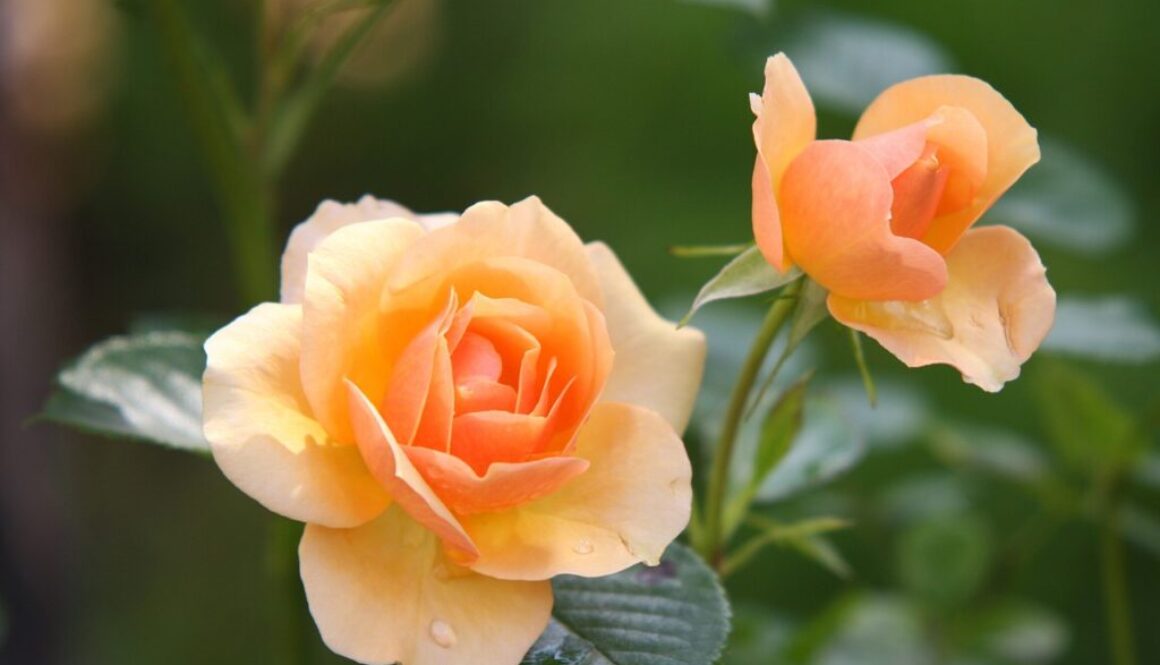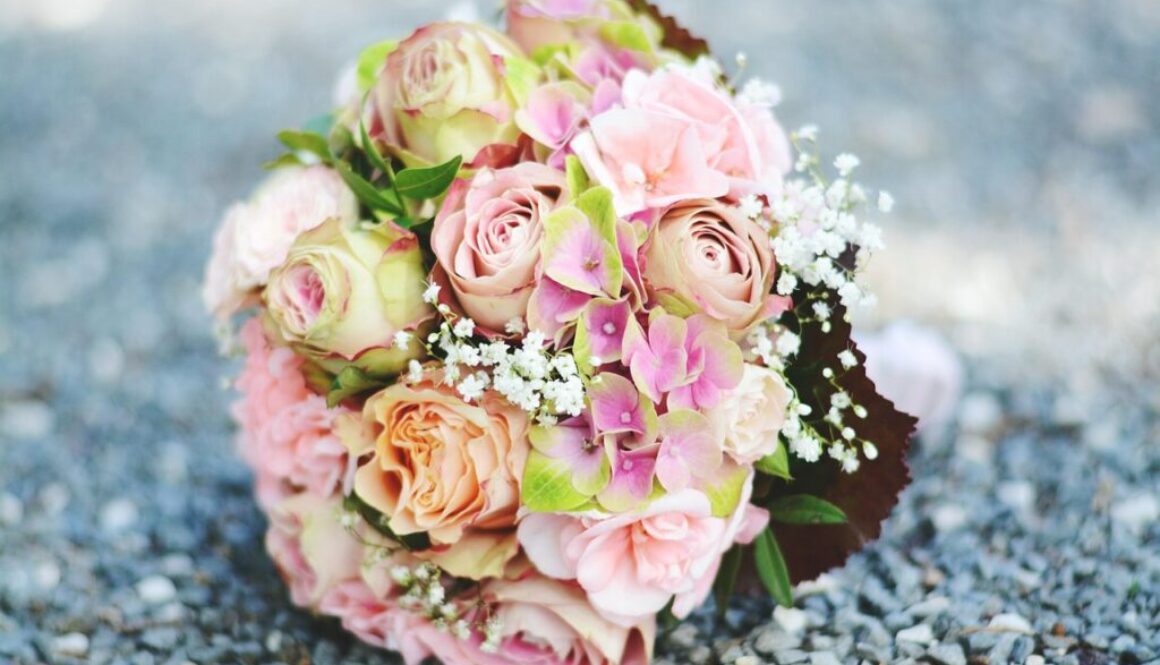Flowers to Plant in March: Transform Your Garden into a Spring Paradise
March is the perfect time to roll up your sleeves and get your hands dirty in the garden. As winter fades, the soil begins to warm, creating the ideal conditions for planting a variety of flowers. Whether you’re a seasoned gardener or a beginner, this guide will help you choose the best blooms to plant this month. Let’s dive into the colorful world of March gardening and create a vibrant outdoor space you’ll love!
1. Brighten Your Garden with Cheerful Daffodils
Daffodils are the ultimate March flower, symbolizing the arrival of spring. These sunny, trumpet-shaped blooms are incredibly easy to grow and require minimal maintenance. Plant them in well-draining soil and a spot with plenty of sunlight. Daffodils come in shades of yellow, white, and even orange, adding a pop of color to your garden. Plus, they’re deer-resistant, so you won’t have to worry about unwanted visitors munching on them. By planting daffodil bulbs in March, you’ll enjoy their cheerful display year after year.
If you want to create a natural look, scatter the bulbs randomly and plant them where they fall. Pair them with other early bloomers like tulips or hyacinths for a stunning spring display. Don’t forget to water them lightly after planting, and watch as they transform your garden into a spring wonderland.
 2. Add Elegance with Classic Tulips
2. Add Elegance with Classic Tulips
Tulips are a must-have for any March garden, offering a wide range of colors, shapes, and sizes. From bold reds to soft pastels, there’s a tulip variety for every taste. Plant tulip bulbs in well-draining soil and a sunny location for the best results. These flowers thrive in cooler temperatures, making March the perfect time to get them in the ground.
One of the best things about tulips is their versatility. You can plant them in flower beds, containers, or even along pathways for a dramatic effect. To extend their blooming period, consider planting a mix of early, mid, and late-season varieties. This way, you’ll enjoy their beauty from early spring well into late April.
Pro tip: Add a layer of mulch after planting to protect the bulbs from temperature fluctuations. With a little care, your tulips will reward you with a breathtaking display that’s sure to impress.
 3. Create a Fragrant Oasis with Hyacinths
3. Create a Fragrant Oasis with Hyacinths
If you love flowers that not only look beautiful but also smell amazing, hyacinths are the perfect choice for your March garden. These fragrant blooms come in shades of pink, purple, blue, and white, adding both color and scent to your outdoor space. Plant hyacinth bulbs in well-draining soil and a spot that receives plenty of sunlight.
Hyacinths are incredibly versatile and can be planted in flower beds, borders, or even containers. Their compact size makes them ideal for small gardens or balcony planters. For a truly enchanting experience, plant them near windows or seating areas where you can enjoy their delightful fragrance.
To keep your hyacinths healthy, water them regularly but avoid overwatering, as this can cause the bulbs to rot. With their stunning colors and intoxicating scent, hyacinths are sure to become a favorite in your spring garden.
 4. Bring in the Butterflies with Pansies
4. Bring in the Butterflies with Pansies
Pansies are the ultimate cool-weather flower, making them a fantastic choice for March planting. These hardy blooms come in a rainbow of colors, including purple, yellow, orange, and blue. Their “faces” add a playful touch to any garden, and they’re incredibly easy to grow. Plant pansies in well-draining soil and a spot that gets partial to full sunlight.
One of the best things about pansies is their ability to attract pollinators like butterflies and bees. By adding them to your garden, you’ll not only enjoy their beauty but also support local wildlife. Pansies are also great for containers, hanging baskets, or window boxes, making them a versatile option for any space.
To keep your pansies blooming all season, deadhead spent flowers regularly and water them consistently. With their vibrant colors and cheerful appearance, pansies are sure to brighten up your garden and your mood.
 5. Go Bold with Vibrant Primroses
5. Go Bold with Vibrant Primroses
Primroses are another excellent choice for your March garden, offering a burst of color when you need it most. These low-growing flowers come in shades of pink, purple, yellow, and red, making them a versatile addition to any garden. Plant primroses in well-draining soil and a spot with partial shade for the best results.
Primroses are perfect for adding color to shady areas where other flowers might struggle. They’re also great for borders, rock gardens, or even as ground cover. To keep them looking their best, water them regularly and add a layer of mulch to retain moisture.
One of the best things about primroses is their long blooming period. With proper care, they’ll continue to brighten your garden well into late spring. So, if you’re looking for a low-maintenance flower that packs a punch, primroses are the way to go.
 6. Add a Touch of Whimsy with Sweet Peas
6. Add a Touch of Whimsy with Sweet Peas
Sweet peas are a classic choice for March planting, known for their delicate blooms and enchanting fragrance. These climbing flowers come in shades of pink, purple, white, and red, adding a romantic touch to your garden. Plant sweet pea seeds in well-draining soil and a sunny location for the best results.
Sweet peas are perfect for trellises, fences, or arches, where they can climb and create a stunning vertical display. To encourage healthy growth, water them regularly and provide support as they grow. You’ll love watching their tendrils reach for the sky and their blooms fill the air with their sweet scent.
For a continuous display of flowers, sow seeds every few weeks throughout March. With their charming appearance and delightful fragrance, sweet peas are sure to become a highlight of your spring garden.
 7. Create a Wildflower Meadow with Poppies
7. Create a Wildflower Meadow with Poppies
If you’re looking to add a touch of wild beauty to your garden, poppies are an excellent choice for March planting. These vibrant flowers come in shades of red, orange, pink, and white, creating a stunning display that’s hard to ignore. Plant poppy seeds in well-draining soil and a sunny location for the best results.
Poppies are incredibly easy to grow and require minimal maintenance, making them perfect for beginner gardeners. They’re also great for attracting pollinators like bees and butterflies, adding life and movement to your garden. For a natural look, scatter the seeds randomly and let them grow freely.
To keep your poppies blooming all season, deadhead spent flowers regularly and water them during dry spells. With their bold colors and carefree nature, poppies are sure to bring a touch of wild beauty to your garden.
 8. Add a Pop of Color with Snapdragons
8. Add a Pop of Color with Snapdragons
Snapdragons are a fantastic choice for adding height and color to your March garden. These unique flowers come in shades of pink, red, yellow, and purple, creating a striking display that’s hard to miss. Plant snapdragon seeds or seedlings in well-draining soil and a sunny location for the best results.
One of the best things about snapdragons is their long blooming period. With proper care, they’ll continue to brighten your garden well into late spring. They’re also great for cutting and bringing indoors, adding a touch of color to your home.
To keep your snapdragons looking their best, water them regularly and deadhead spent flowers. With their tall spikes and vibrant colors, snapdragons are sure to make a statement in your garden.
 9. Create a Cottage Garden with Forget-Me-Nots
9. Create a Cottage Garden with Forget-Me-Nots
Forget-me-nots are a charming addition to any March garden, known for their delicate blue flowers and romantic appeal. These low-growing flowers are perfect for borders, rock gardens, or even as ground cover. Plant forget-me-not seeds in well-draining soil and a spot with partial shade for the best results.
One of the best things about forget-me-nots is their ability to self-seed, creating a natural, carefree look in your garden. They’re also great for attracting pollinators like bees and butterflies, adding life and movement to your outdoor space.
To keep your forget-me-nots looking their best, water them regularly and add a layer of mulch to retain moisture. With their delicate blooms and romantic appeal, forget-me-nots are sure to add a touch of charm to your garden.
10. Add a Touch of Drama with Alliums
Alliums are a unique and dramatic choice for your March garden, known for their tall, globe-shaped flowers. These striking blooms come in shades of purple, pink, and white, creating a bold statement in any garden. Plant allium bulbs in well-draining soil and a sunny location for the best results.
Alliums are perfect for adding height and drama to your garden, making them a great choice for borders or focal points. They’re also great for attracting pollinators like bees and butterflies, adding life and movement to your outdoor space.
To keep your alliums looking their best, water them regularly and add a layer of mulch to retain moisture. With their bold, architectural blooms, alliums are sure to make a statement in your garden.
 Conclusion: Your March Garden Awaits!
Conclusion: Your March Garden Awaits!
March is the perfect time to start planting flowers and transforming your garden into a colorful spring paradise. From cheerful daffodils to fragrant hyacinths, there’s a wide variety of blooms to choose from. By following these tips and selecting the right flowers for your space, you’ll create a stunning outdoor oasis that you can enjoy all season long.
So, grab your gardening tools, head outside, and start planting! Your garden is waiting to burst into life with the vibrant colors and sweet scents of spring.
Happy Gardening!

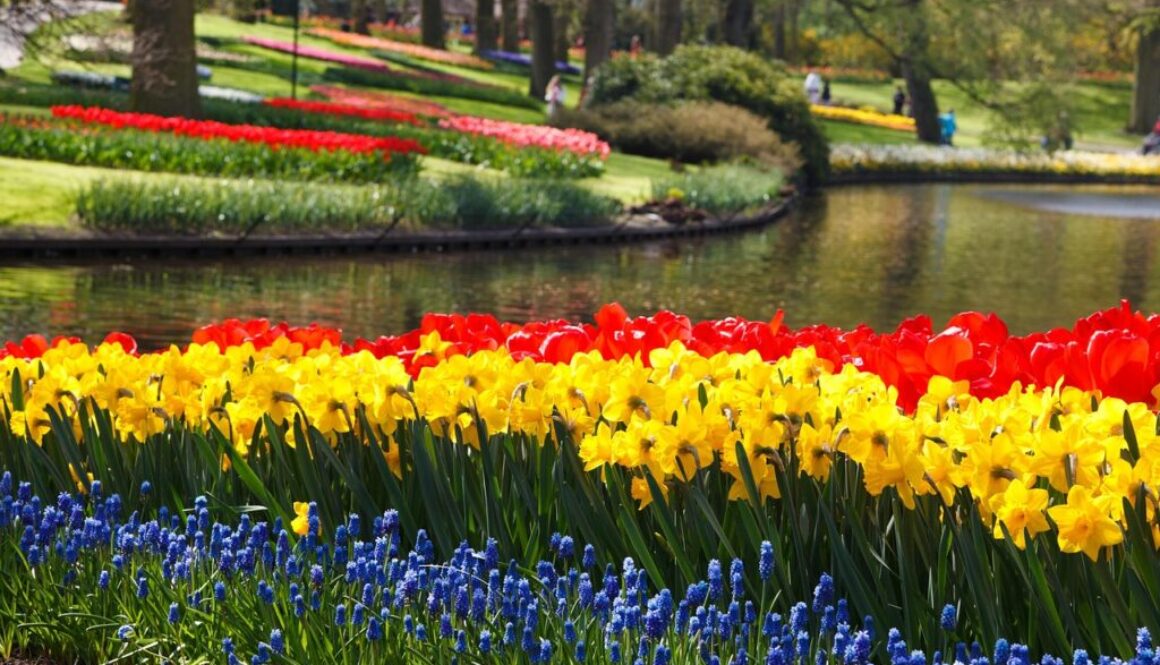

 Conclusion: Your March Garden Awaits!
Conclusion: Your March Garden Awaits!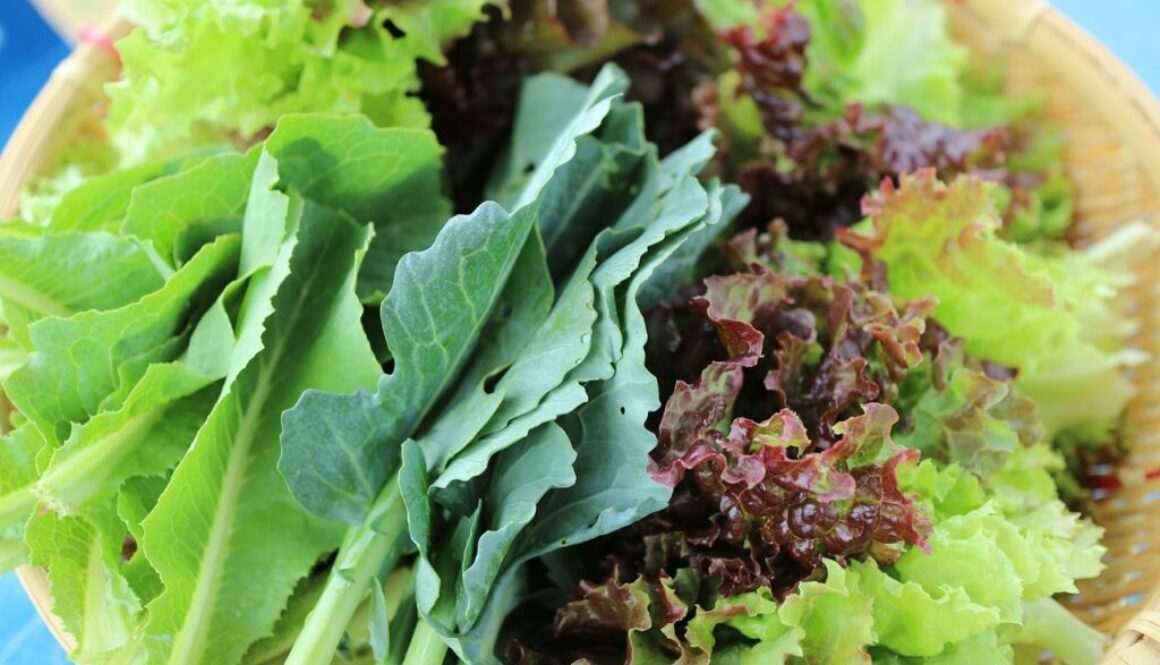
 Root Vegetables: Digging into Flavor
Root Vegetables: Digging into Flavor Peas and Beans: The Early Birds of the Garden
Peas and Beans: The Early Birds of the Garden Brassicas: The Cool-Weather Champions
Brassicas: The Cool-Weather Champions Herbs: The Flavor Boosters
Herbs: The Flavor Boosters Tips for a Successful March Garden
Tips for a Successful March Garden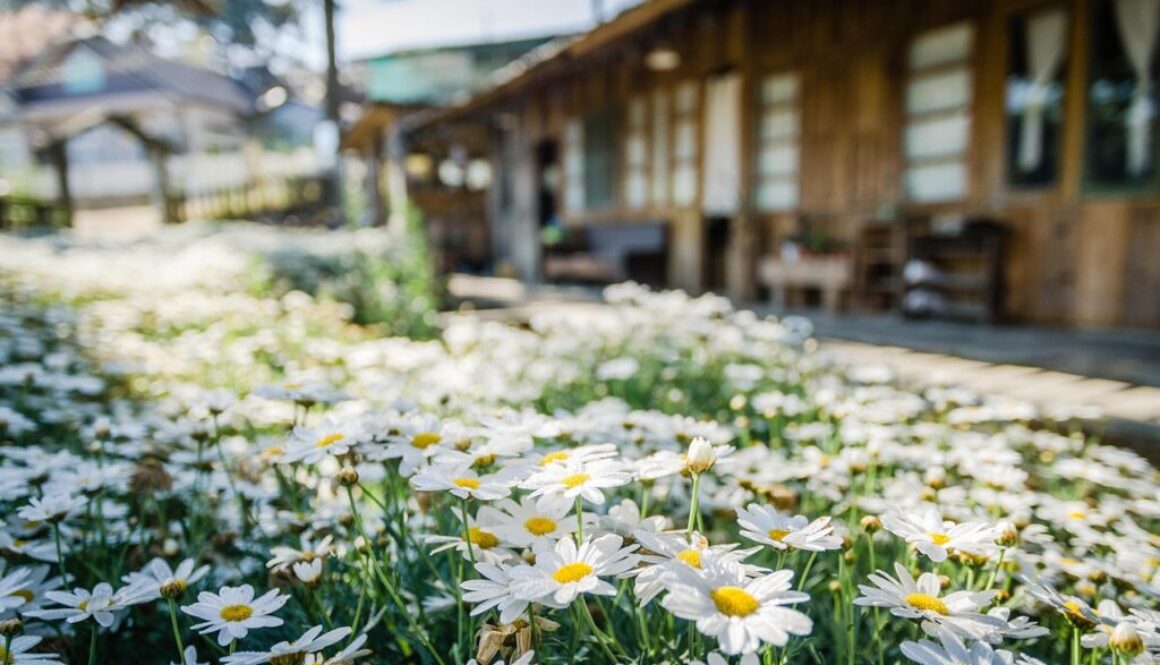


 6. Protect Your Garden from Late Frosts
6. Protect Your Garden from Late Frosts 8. Clean and Organize Your Gardening Tools
8. Clean and Organize Your Gardening Tools

 18. Check for Pests and Diseases
18. Check for Pests and Diseases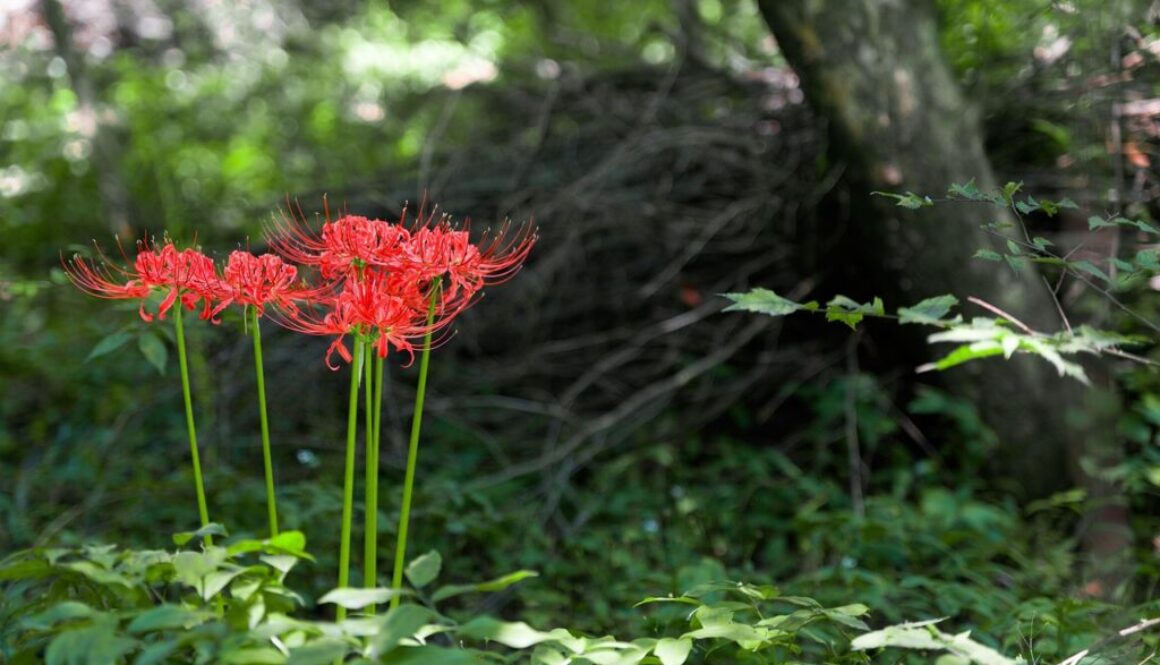

 3. Bleeding Hearts: A Touch of Whimsy
3. Bleeding Hearts: A Touch of Whimsy 4. Impatiens: Color That Pops
4. Impatiens: Color That Pops 5. Foxgloves: Tall and Majestic
5. Foxgloves: Tall and Majestic 6. Lungwort: A Hidden Gem
6. Lungwort: A Hidden Gem 7. Columbines: Delicate and Graceful
7. Columbines: Delicate and Graceful 8. Toad Lilies: Exotic Beauty
8. Toad Lilies: Exotic Beauty 9. Coral Bells: Foliage and Flowers
9. Coral Bells: Foliage and Flowers 10. Japanese Anemones: Late-Season Blooms
10. Japanese Anemones: Late-Season Blooms Tips for Designing a Stunning Shade Garden
Tips for Designing a Stunning Shade Garden 12. Hellebores: Winter Wonders
12. Hellebores: Winter Wonders 13. Solomon’s Seal: Elegant and Arching
13. Solomon’s Seal: Elegant and Arching 14. Trilliums: Woodland Beauties
14. Trilliums: Woodland Beauties 15. Viola: Cheerful and Compact
15. Viola: Cheerful and Compact Shade Garden Maintenance Tips
Shade Garden Maintenance Tips





 Catnip: Not Just for Your Furry Friends
Catnip: Not Just for Your Furry Friends














